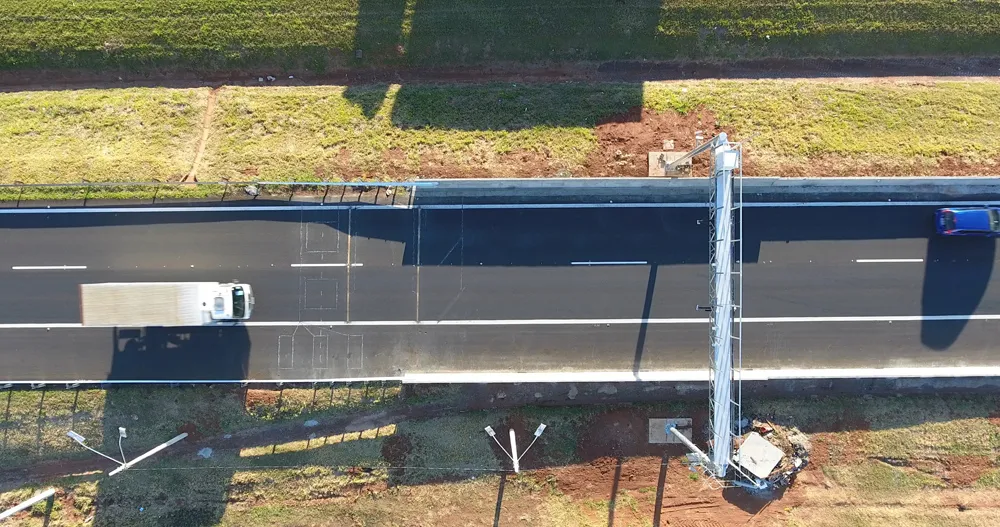According to a new market report published by Credence Research, Traffic Enforcement Camera Market – Growth, Share, Opportunities, Competitive Analysis, and Forecast 2015-2022, stringent road safety regulations and efforts to reduce road fatalities across the world are increasing the adoption of traffic enforcement cameras.
In addition, road safety programs to improve motorist and pedestrian safety are also expected to influence the market growth in future.
Countries across the world are continuously
July 8, 2016
Read time: 2 mins
According to a new market report published by Credence Research, Traffic Enforcement Camera Market – Growth, Share, Opportunities, Competitive Analysis, and Forecast 2015-2022, stringent road safety regulations and efforts to reduce road fatalities across the world are increasing the adoption of traffic enforcement cameras.
In addition, road safety programs to improve motorist and pedestrian safety are also expected to influence the market growth in future.
Countries across the world are continuously focusing on increasing the road safety and security. The developed regions such as UK, US and Japan and others are using cameras on a large scale to improve traffic regulation. The governments of developing countries such as the China, Canada, India, South Africa and Mexico, among others are encouraging the use of traffic enforcement cameras to reduce traffic violations. In future, the enforcement camera market is expected to grow at a faster pace in the developing regions as intelligent transport systems are encouraged by governments to increase safety awareness.
India is focusing on reducing the number of accidents by installing red light cameras at intersections in major cities. In addition, several speed enforcement cameras are installed at expressways to reduce speeding. Russia is one of the emerging countries in the world and traffic level in the country has grown rapidly in the last two decades. Several transportation authorities in Russia are deploying speed enforcement cameras to reduce the number of traffic casualties.
In addition, road safety programs to improve motorist and pedestrian safety are also expected to influence the market growth in future.
Countries across the world are continuously focusing on increasing the road safety and security. The developed regions such as UK, US and Japan and others are using cameras on a large scale to improve traffic regulation. The governments of developing countries such as the China, Canada, India, South Africa and Mexico, among others are encouraging the use of traffic enforcement cameras to reduce traffic violations. In future, the enforcement camera market is expected to grow at a faster pace in the developing regions as intelligent transport systems are encouraged by governments to increase safety awareness.
India is focusing on reducing the number of accidents by installing red light cameras at intersections in major cities. In addition, several speed enforcement cameras are installed at expressways to reduce speeding. Russia is one of the emerging countries in the world and traffic level in the country has grown rapidly in the last two decades. Several transportation authorities in Russia are deploying speed enforcement cameras to reduce the number of traffic casualties.









